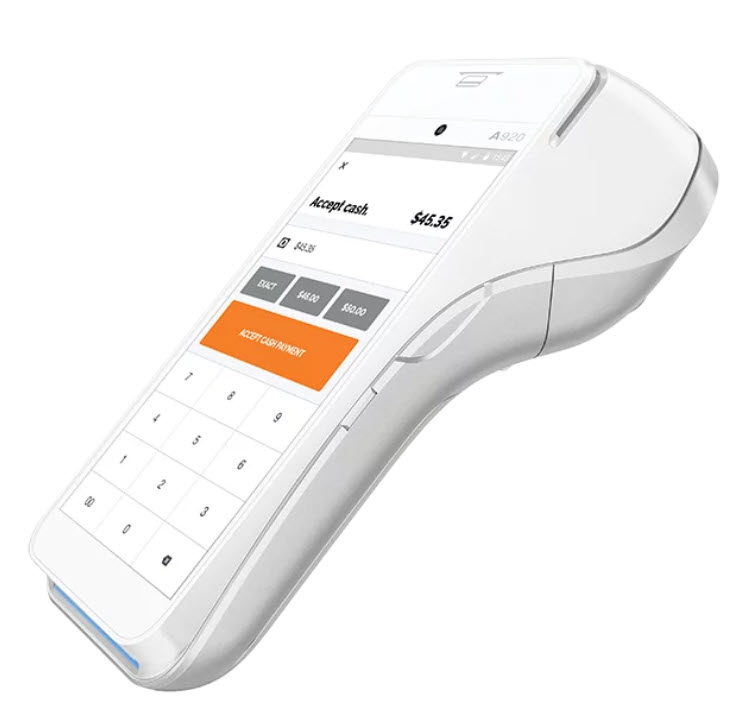
Dual Processing and how it works
“Dual Pricing has our card fees at 15 dollars a month.” - Shelly K owner of 24 hour Plumbing

Understanding Dual Pricing in Credit Card Processing
In the dynamic world of credit card processing, businesses often seek strategies to manage the costs associated with accepting credit card payments. One such strategy is dual pricing, a practice that has garnered attention for its potential to offer flexibility and cost savings. This article delves into the concept of dual pricing, its implementation, benefits, and considerations for businesses.
What is Dual Pricing?
Dual pricing refers to a pricing strategy where businesses display two different prices for the same product or service: one price for customers who pay with cash and another, typically higher price, for those who use credit or debit cards. This approach is designed to offset the transaction fees charged by credit card companies, which can be a significant expense for merchants.
How Does Dual Pricing Work?
In a dual pricing model, merchants clearly display both the cash price and the card price. For instance, a product might be listed as $9.50 for cash payments and $10.00 for card payments. The card processor will collect the difference in price to offset any card fees, in some cases efectivly reducing your service fees to $5-19 monthly.
Benefits of Dual Pricing
Cost Management: One of the primary benefits of dual pricing is the ability to manage and potentially reduce the cost of credit card processing fees. By passing these fees to customers who choose to pay with cards, businesses can maintain their profit margins.
Credit VS Debit Cards: Unlike surcharging, Dual Pricing applies to credit and debit cards.
Pricing Transparency: Dual pricing promotes transparency by clearly showing customers the cost associated with different payment methods. This can enhance customer trust and satisfaction, as they are aware of the price structure upfront.
Encourages Cash Payments: By offering a discount for cash payments, businesses may encourage customers to use cash, which eliminates the need to pay processing fees altogether. This can be particularly advantageous for small businesses with thin margins.
Conclusion
Dual pricing in credit card processing is a strategic approach that offers businesses the opportunity to manage processing fees and maintain profitability. By clearly displaying different prices for cash and card payments, merchants can promote transparency and encourage cost-saving behaviors among customers. However, successful implementation requires careful consideration of legal requirements, customer perceptions, and potential challenges. For businesses willing to navigate these complexities, dual pricing can be a valuable tool in their financial management arsenal.
